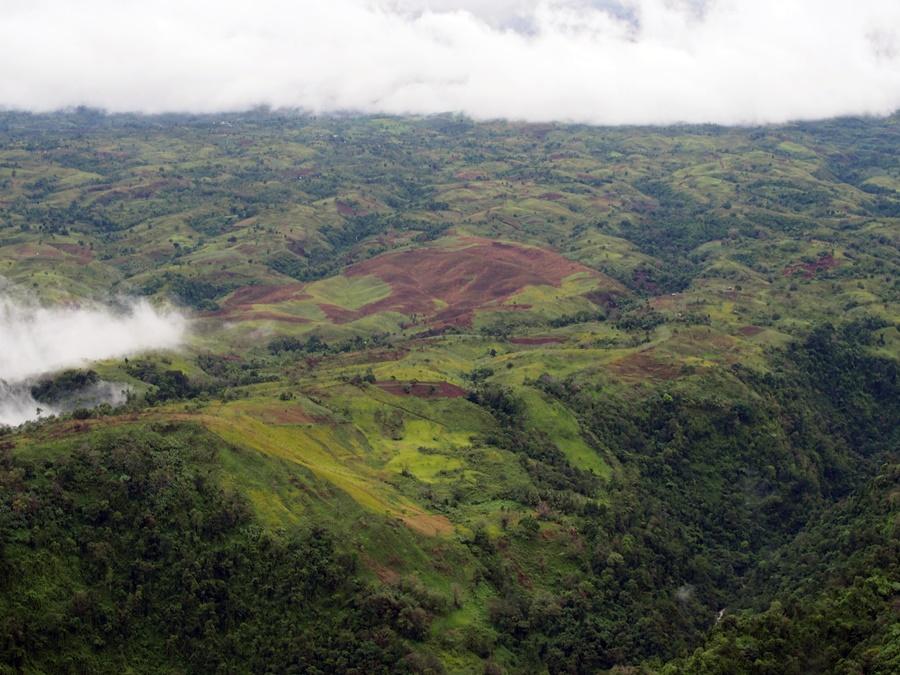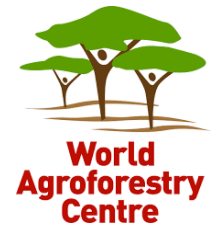The Philippines Needs a National Agroforestry Policy to Meet the Sustainable Development Goals
Representatives of Philippine government forestry and agriculture agencies, the private sector, universities, farmers’ organizations and NGOs are calling for a national agroforestry policy to meet climate challenges.
The Philippines is one of the world’s most vulnerable countries to the impacts of climate change, annually experiencing more than 20 typhoons, of increasing strength, that destroy lives and livelihoods. Adding to this, the country’s many islands were some of the first in the Southeast Asian archipelago to experience severe deforestation that began in the 1930s, which has exacerbated erosion, loss of soil productivity and reduction of ecosystem services. Restoration of the 8 million hectares of degraded state land has been estimated to need 206 years at the present rate of progress. This is compounded by a web of policies and laws that regulate the planting, harvesting and sale of trees on farms outside of state land, unintentionally restricting farmers and larger private investors who want to plant trees and restore degraded land. Further, despite strong commitments to their assigned restorative roles, government agencies could better strengthen coordination to achieve optimal restoration efforts.
In this context, representatives at a forum convened by the World Agroforestry Centre and the Forestry Development Centre of the College of Forestry and Natural Resources at the University of the Philippines Los Baños issued a resolution in which they called for the creation of a ‘national agroforestry policy to support agroforestry as means to bridge forestry, agriculture and conservation policies and guidelines to achieve the Sustainable Development Goals’.
Such a policy would harness the benefits of trees on farms to support the nation’s ambitions to grow a ‘green’, sustainable economy, increase jobs and improve the livelihoods of the rural poor, enhance ecosystem services, restore degraded land and help meet commitments to several international agreements. These include the United Nations Framework Convention on Climate Change’s Paris Agreement and Sustainable Development Goals, which incorporate the Philippines’ nationally determined contributions (NDCs) to reducing greenhouse-gas emissions, United Nations Convention on Biological Diversity to achieve the Aichi targets, and the Convention to Combat Desertification, which addresses land degradation.
‘The Philippines is a signatory to the UNFCCC and needs to contribute its fair share on climate action to realise the ultimate aim of reducing harmful anthropogenic interventions in the climate system,’ said Florencia Pulhin, moderator of the meeting and researcher and scientist at the Forestry Development Centre. ‘At the same time, being vulnerable to climate change, the Philippines needs to adapt. Putting trees on farms increases farmers’ resilience to climate impact.’
Contribution to climate-change action plans
The importance of reducing agriculture’s greenhouse-gas emissions was highlighted by Flordeliza M. Andres, a consultant on the NDCs to the Climate Change Commission and United Nations Development Programme project on Low-emissions Capacity Building in the Philippines, which is funded by the European Union, Australia and Germany.
‘The role of agriculture and forestry for achieving the NDCs is critical,’ she said. ‘The Philippines signed the accession to the Paris Agreement in February 2017 and it entered into force in April 2017. We must submit our new NDCs by 2020, which are to be updated every five years. NDCs are countries’ action plans on climate. The Philippines, through its Intended NDCs, has committed to a reduction of 70% relative to the ‘business as usual’ scenario by 2030. Agriculture emits the second-highest amount of greenhouse gases after the energy sector. However, there are many policy barriers that are holding the nation back.’
A national agroforestry policy
A unifying agroforestry policy would serve as a bridge between sectors that rarely coordinate their actions, bringing together not only government agencies but also small and large sectoral interests to navigate a clear path through the tangle of policies and regulations to ensure swift and efficient achievement of national commitments through better use of trees on both farms and degraded state forest land.
Michael Ong, director of Industry Development Corporation, a timber plantation and processing company, pointed out that governments changed frequently, with accompanying changes of policy. For sustainability, private investment was the key but needed stable and consistent policies that were well implemented. However, typically in the Philippines there was a maze of bureaucracy restricting investment in trees, with little stability of direction, making investment risky. A national policy on agroforestry would need to address these issues so that the private sector could contribute more effectively to achieving national climate and economic goals.
A national policy could also benefit from the knowledge and experience embodied in the forthcoming ASEAN Guidelines for Agroforestry Development, which are being developed by the World Agroforestry Centre and partners involved in the ASEAN-Swiss Partnership on Social Forestry and Climate Change, the ASEAN Working Group on Social Forestry and the ASEAN Multi-Sectoral Framework on Climate Change: Agriculture, Fisheries and Forestry toward Food Security. The Guidelines are planned for presentation to the ASEAN Ministers of Agriculture and Forestry meeting later in 2018.
‘The Philippines has a lot of potential to scale up agroforestry,’ said Rodel Lasco, Philippine country coordinator of the World Agroforestry Centre. ‘Agroforestry can diversify farming communities’ livelihoods and enhance their resilience to climate change. To achieve widespread adoption, we need to work together to create an enabling environment that will provide incentives for farmers to plant more trees on their farms.’
The forum, Harnessing the Potential of Trees on Farms to Contribute to a Green Economy in the Philippines, was held 20 March 2018 in Quezon City. It featured representatives or associates from the House of Representatives Committee on Natural Resources, Climate Change Commission, Forest Management Bureau and Ecosystems Research and Development Bureau of the Department of Environment and Natural Resources, Bureau of Soils and Water Management of the Department of Agriculture, National Power Corporation, Development Bank of the Philippines, National Greening Program, Foundation for the Philippine Environment, Energy Development Corporation, Industrial Development Corporation, Philippine Center for Environmental Protection and Sustainable Development Inc, Society of Filipino Foresters, Surigao Development Corporation, Laguna Creamery, Southeast Asian Regional Center for Graduate Study and Research in Agriculture, Philippines Biodiversity and Watersheds Improved for Stronger Economy and Ecosystem Resilience program of the United States Agency for International Development, World Agroforestry Centre (ICRAF) offices of the Philippines, Southeast Asia and Headquarters, and the University of the Philippines Los Baños’ School of Environmental Science and Management, College of Forestry and Natural Resources, and Agricultural Systems Institute of the College of Agriculture and Food Science.
The World Agroforestry Centre is one of the 15 members of the CGIAR, a global partnership for a food-secure future. We thank all donors who support research in development through their contributions to the CGIAR Fund.



